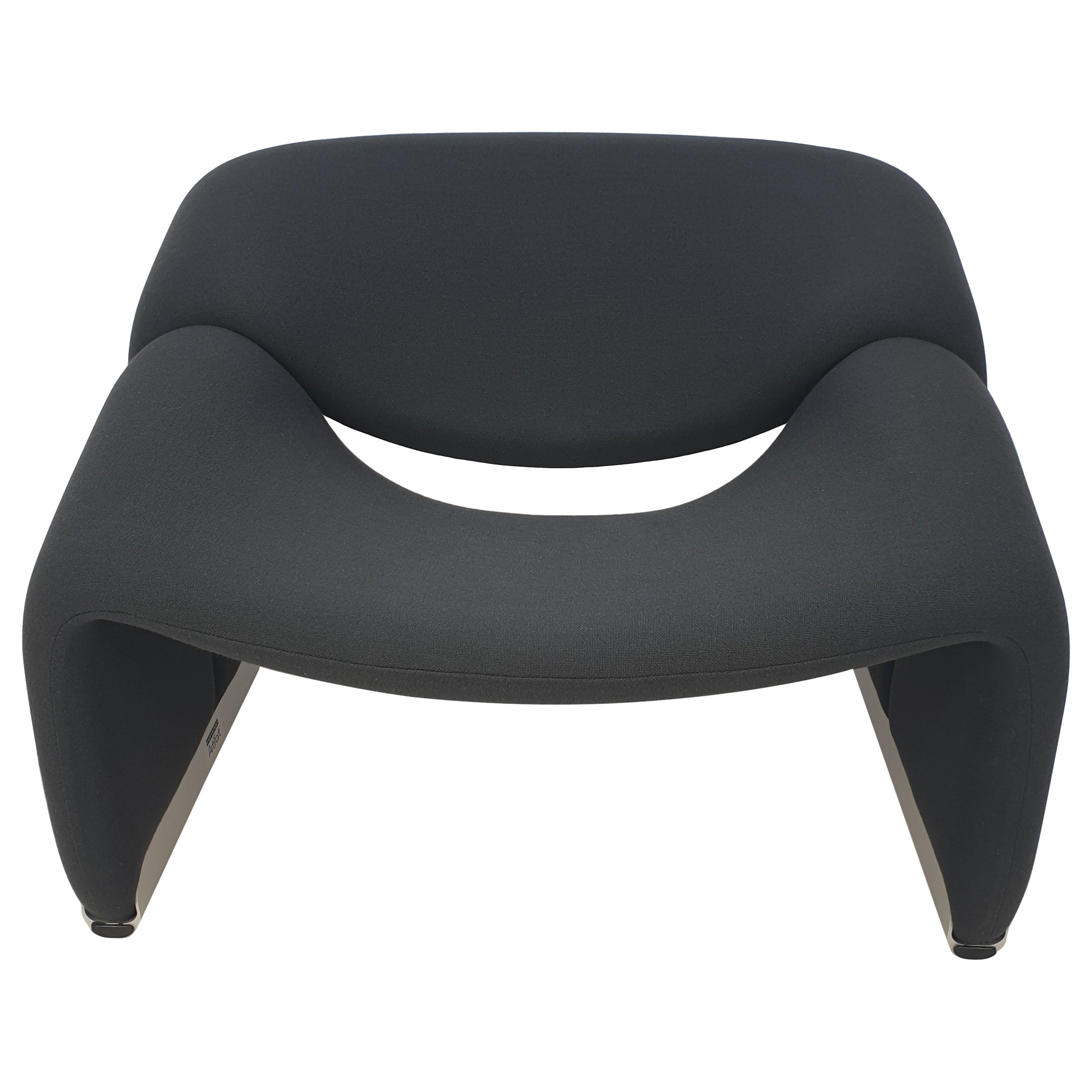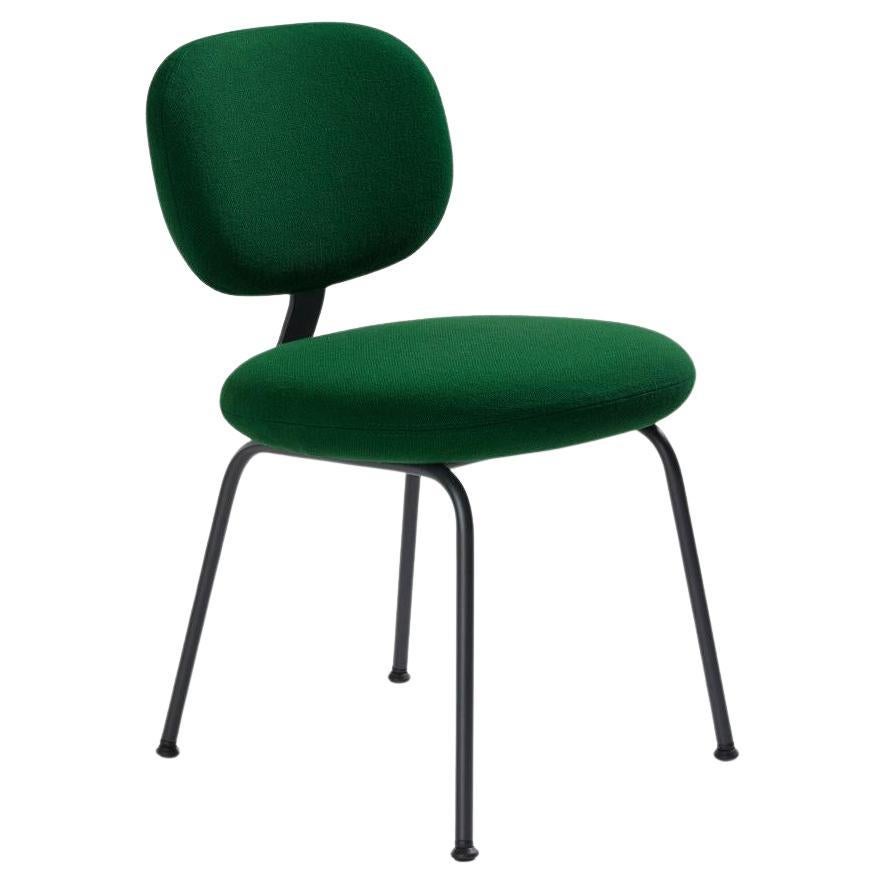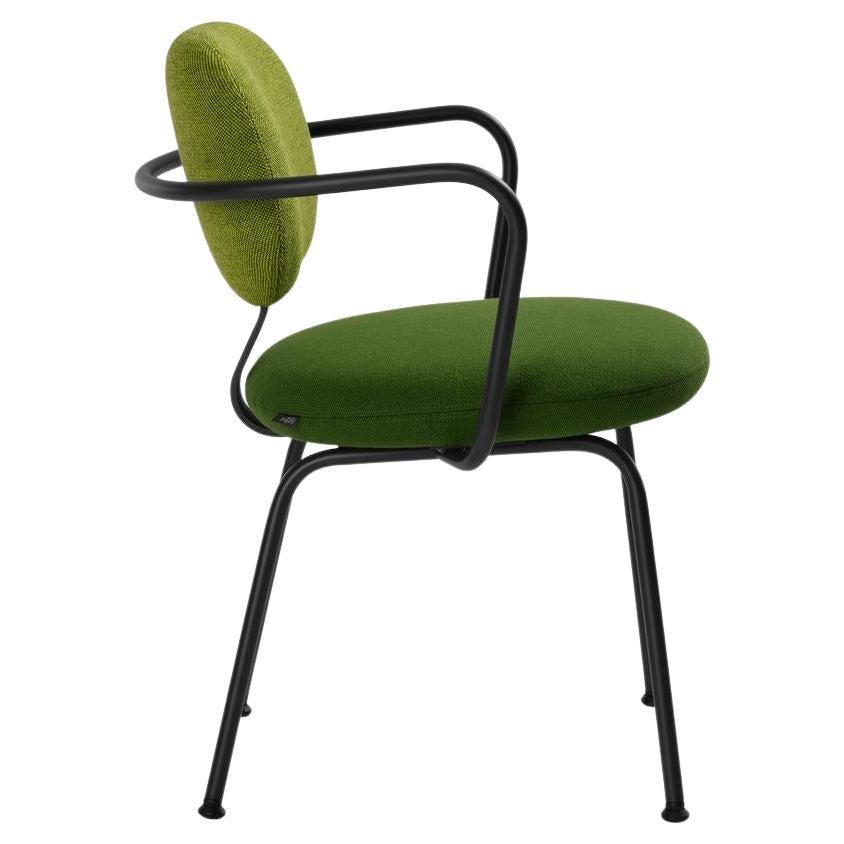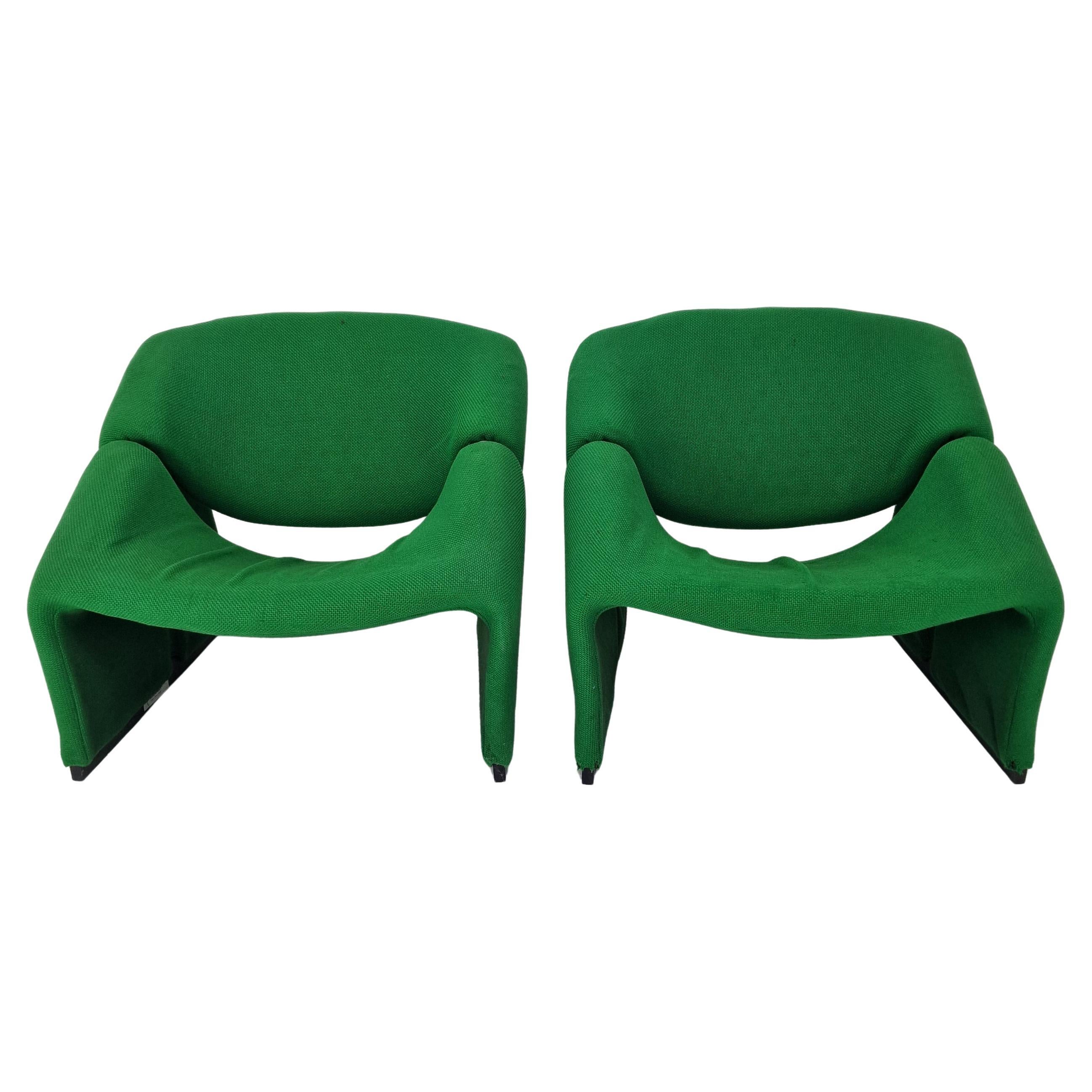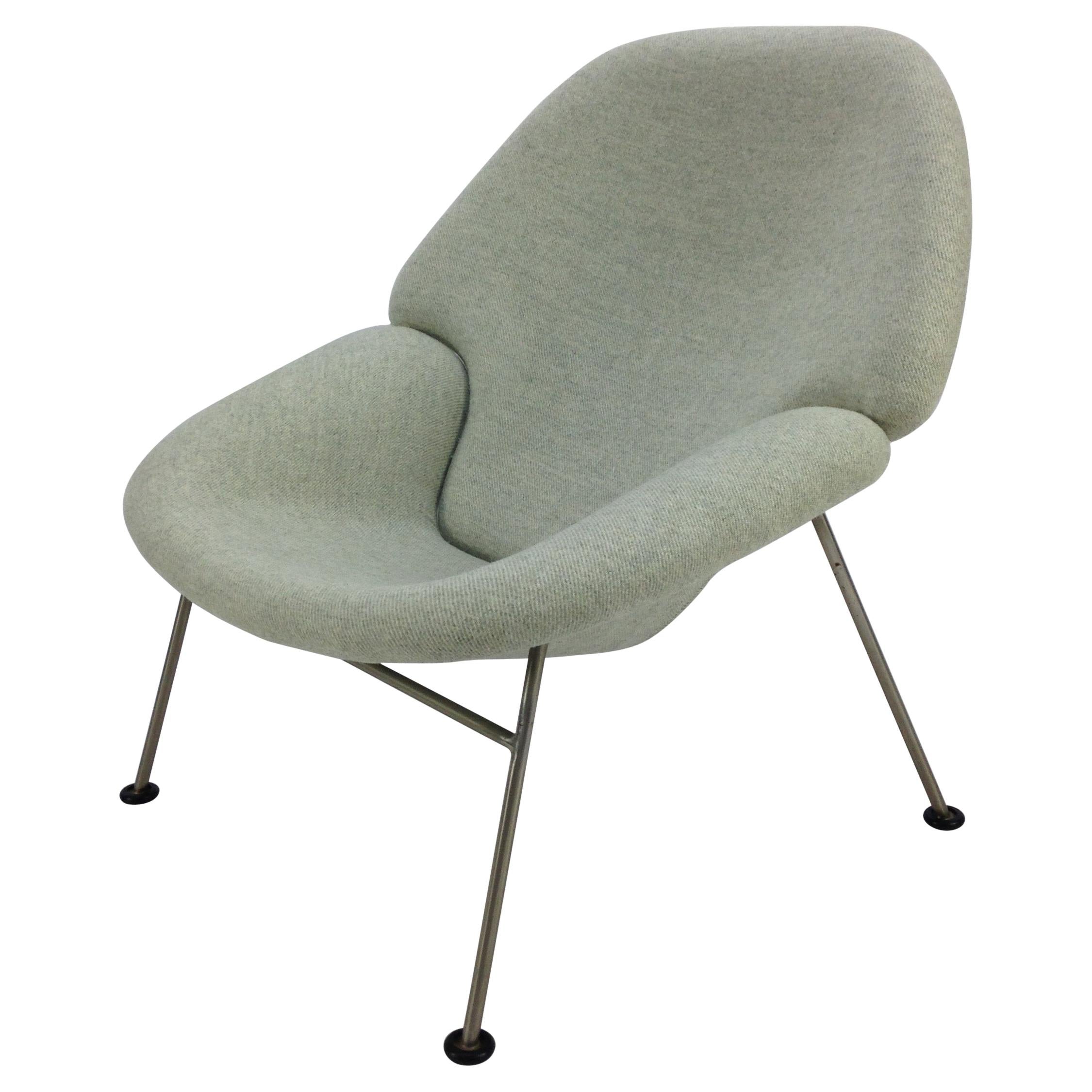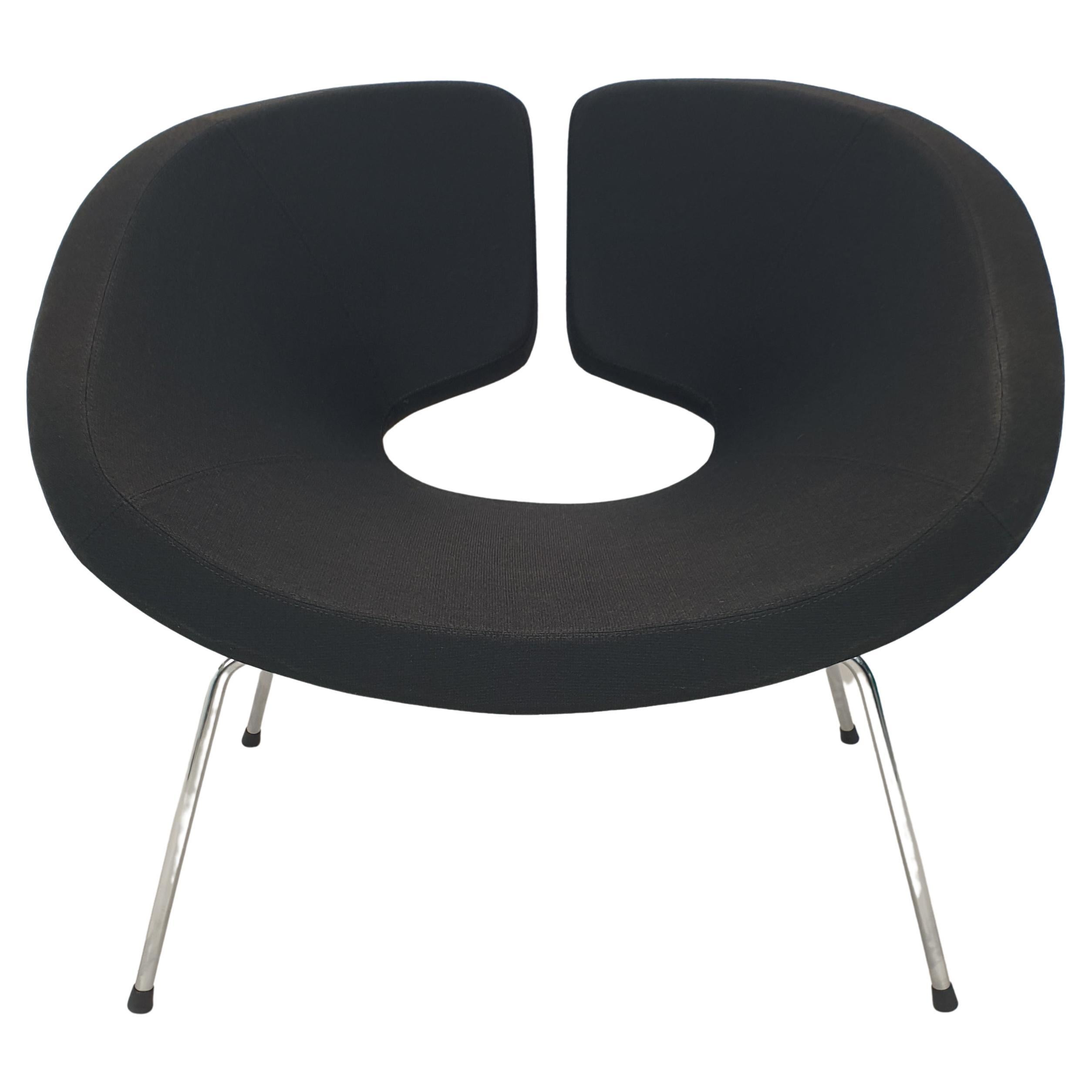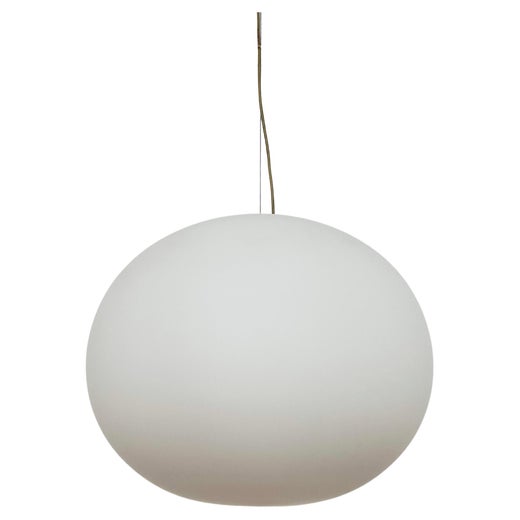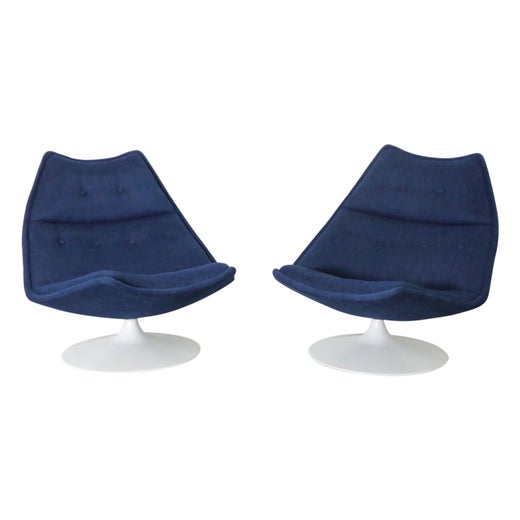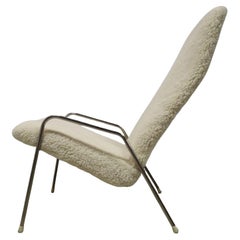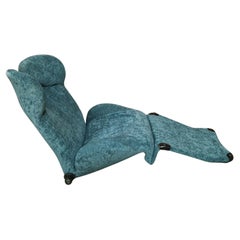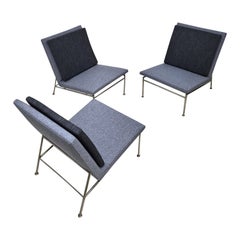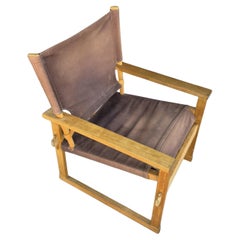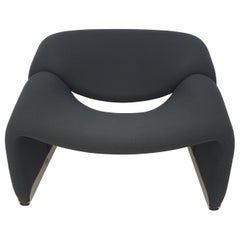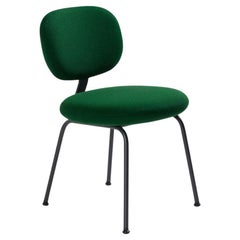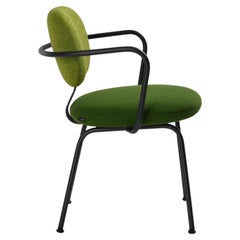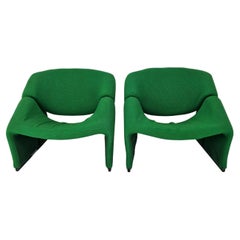two tone Vega chair by Jasper Morrison for Artifort, Netherlands 1990s
About the Item
- Creator:Jasper Morrison (Designer),Artifort (Manufacturer)
- Similar to:Pierre Paulin (Designer)
- Dimensions:Height: 28.35 in (72 cm)Width: 21.66 in (55 cm)Depth: 26.38 in (67 cm)Seat Height: 16.15 in (41 cm)
- Style:Post-Modern (In the Style Of)
- Materials and Techniques:
- Place of Origin:
- Period:
- Date of Manufacture:1997
- Condition:Wear consistent with age and use.
- Seller Location:ECHT, NL
- Reference Number:1stDibs: LU9426241347522
Jasper Morrison
For all the people who think designer objects need to make bold statements with attention-grabbing forms and materials, the revered British designer Jasper Morrison has a message: The quieter objects are often the better products.
Some of Morrison’s earliest creations, such as the 1986 Thinking Man’s chair, with its snaking tubular steel armrests, and the 1991 3 sofa deluxe, whose sculpted seat resembles an enormous wave (both produced by the Italian manufacturer Cappellini, one of the planet's preeminent producers of cutting-edge home decor), display the eye-catching moves that were expected among his contemporaries.
At the same, Morrison was clearly searching for a different language. In 1988, just three years after he graduated from London’s Royal College of Art, he stunned many in the design world with “Some New Items for the Home,” an exhibition in Berlin featuring simple plywood furniture he had designed and made himself as a direct rebuke to the over-the-top colors and geometries of the Memphis movement. As Morrison increasingly came to see statement-making design as flawed and wasteful, he began producing the subtler objects that eventually became his greatest hits and inspired a new generation of designers.
Morrison’s Glo-Ball lamps for FLOS, for instance, feature opalescent blown-glass diffusers that resemble ever-so-slightly squished spheres with a striking visual softness. Designed in 1998, the pieces were instantly popular and have remained a best seller for the legendary Italian lighting maker. Morrison’s Cork Family stools for Vitra, designed in 2004, have proved similarly timeless, with simple silhouettes reminiscent of thread spools whose unexpected material — solid cork — makes them particularly alluring.
By 2005, Morrison had befriended another designer working in a similar manner — Japan’s Naoto Fukasawa. That year, Fukasawa introduced his Déjà-vu stool for Magis at the Salone del Mobile in Milan and was dismayed when fairgoers barely noticed it. Crestfallen, Fukasawa talked to Morrison, who saw the scenario differently: The fact that people instinctively used the stool meant that it was successful. To cheer up Fukasawa, Morrison described his design as “super normal.” Morrison and Fukasawa latched onto this phrase as an ideal term for what they were up to.
Launched in 2006, Morrison and Fukasawa’s “Super Normal” — a traveling exhibition and a book that served as a visual manifesto — documented more than 200 utilitarian yet beautiful objects, ranging from a paper clip, a plastic bucket and a ballpoint pen to an Alessi citrus basket, Vitsoe’s 606 universal shelving system by Dieter Rams and Vitra’s Joyn office system by Ronan and Erwan Bouroullec. That same year, Morrison began playing with extreme simplicity and introduced the Crate, a wooden bedside table for Established & Sons that was modeled on an old wine crate he used for his own bedside table.
Today, Morrison delights in finding the correct balance in his designs, turning out products that seem appealingly natural and precisely what they should be.
Find Jasper Morrison chairs, lighting, stools and other furniture for sale on 1stDibs.
Artifort
The sterling reputation that Artifort enjoys isn’t limited to the innovative upholstery and fluid, organic shapes for which its products are widely known — the legendary Dutch brand’s vintage seating and other furniture is also celebrated for its embodiment of functionality, comfort and quality. These are among the principles that underpin the philosophy toward modern furniture design at Artifort, which has been at the crossroads of furniture and art for over 125 years.
Prior to 1928, the year Artifort officially became a brand, Jules Wagemans had a small upholstery business in Maastricht, the Netherlands. After setting up in 1890, his son, Henricus Wagemans, broadened the scope of the company to include furniture production. By the end of the 1920s, their showroom in Amsterdam had made them a recognizable brand across the Netherlands.
Then named H. Wagemans & Van Tuien, the company changed its name to Artifort after the economic recession. Artifort came from two Latin words meaning “art” and “strong” — a perfect description for the style of each design and the manufacturer’s intention to create sturdy furnishings. Artifort’s reputation for durable armchairs and sofas endures, and vintage editions of this seating are now family heirlooms in many homes.
Artifort became a magnet for high-profile and up-and-coming designers alike. Many furniture designers’ careers began thanks to collaborations with Artifort, such as Dutch industrial and jewelry designer Gijs Bakker and Indonesian-born designer Kho Liang Ie. Also known for designing the interiors at Amsterdam’s Schiphol Airport, Kho Liang Ie was an aesthetic consultant at Artifort and used his expertise to turn the company into a world-class brand. Perhaps his largest contribution, however, was attracting the talents of French furniture and interior designer Pierre Paulin and English furniture designer Geoffrey D. Harcourt.
Paulin’s bright and colorful lounge chairs, such as his Orange Slice chair and Mushroom chair, are still central to the Artifort identity. The revered designer not only introduced new construction techniques to Artifort furniture, but contributed fresh materials, Pop art colors and dazzling shapes to the mid-century modern era as a whole, while Harcourt deserves credit for popularizing Artifort internationally and extending their reach into foreign markets.
Another talent boom in the 1990s at Artifort yielded collaborations with Jasper Morrison, Wolfgang Mezger and René Holten. Iranian designer Khodi Feiz was named art director in 2014 and has continued the tradition of recruiting top designers such as Claesson Koivisto Rune, Ilse Crawford and Luca Nichetto.
Find a collection of vintage Artifort lounge chairs, tables and more on 1stDibs.
- ShippingRetrieving quote...Shipping from: ECHT, Netherlands
- Return Policy
More From This Seller
View AllMid-20th Century Swedish Scandinavian Modern Lounge Chairs
Metal, Nickel
Late 20th Century Italian Post-Modern Lounge Chairs
Metal
Mid-20th Century Dutch Minimalist Lounge Chairs
Metal
Mid-20th Century Danish Scandinavian Modern Lounge Chairs
Leather, Canvas, Wood
Late 20th Century Italian Post-Modern Canapes
Metal, Aluminum
Mid-20th Century Danish Scandinavian Modern Dining Room Chairs
Wool, Beech
You May Also Like
Vintage 1980s Dutch Mid-Century Modern Armchairs
Aluminum
2010s Dutch Chairs
Upholstery
2010s Dutch Chairs
Upholstery
Vintage 1960s Dutch Mid-Century Modern Armchairs
Metal
Vintage 1960s Dutch Mid-Century Modern Armchairs
Metal
Early 2000s Dutch Mid-Century Modern Armchairs
Steel
Read More
At Château La Coste, Pierre Paulin’s Visionary Home Concept Finally Comes to Life
Now synonymous with 1960s and ’70s French chic, the designer conceived his modular modernist furnishings to change the way we decorate.
Exploring Our Current Obsession with Sixties Style
A new exhibition in Philadelphia stars a complex decade that continues to inspire.
